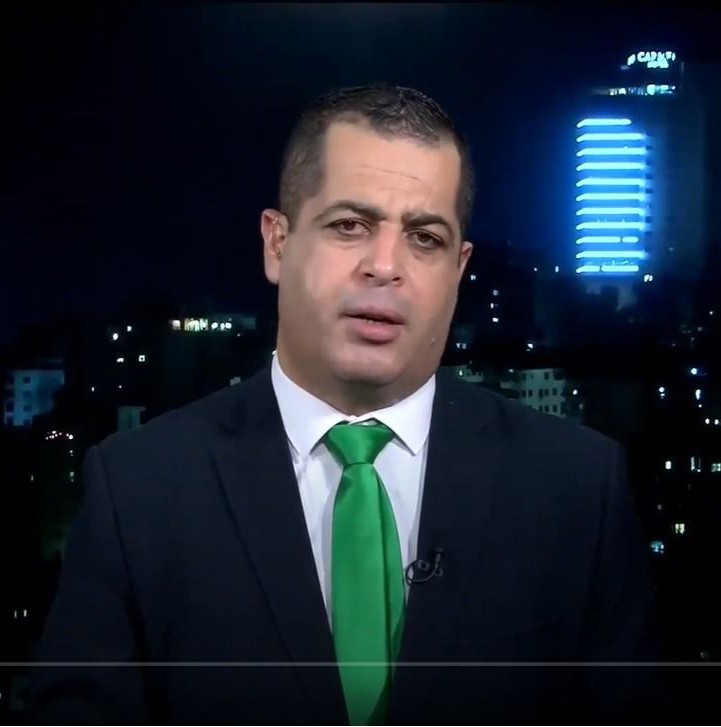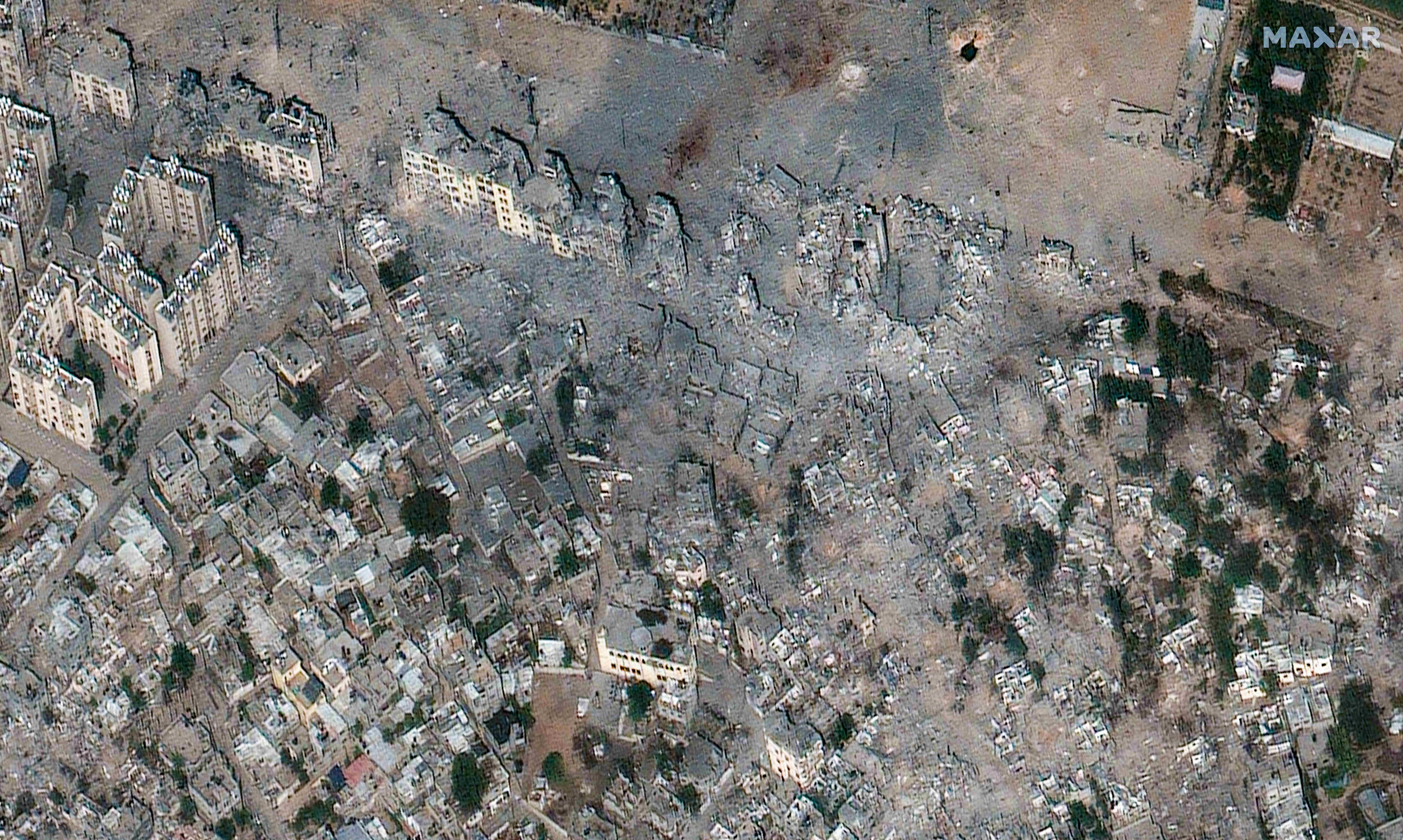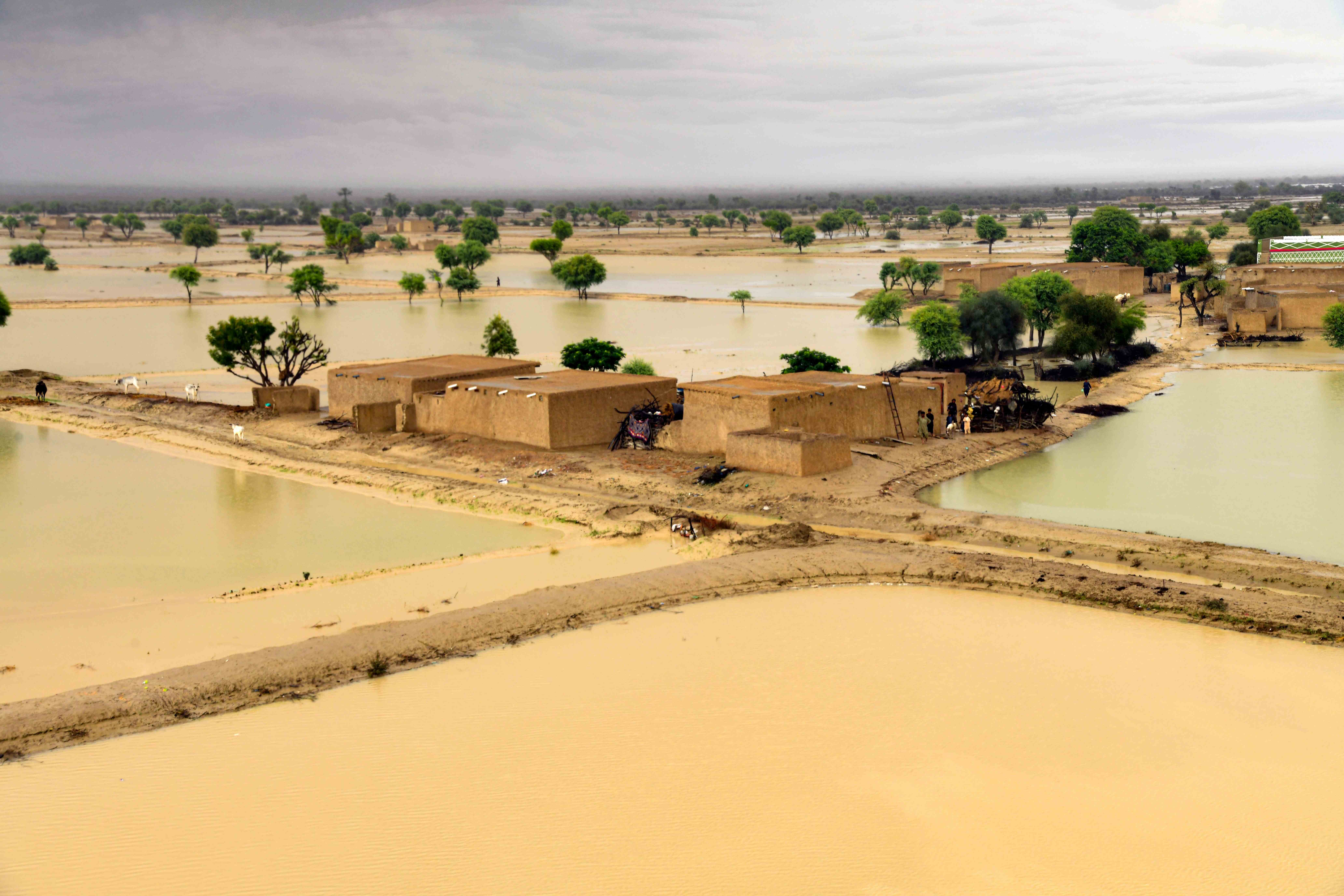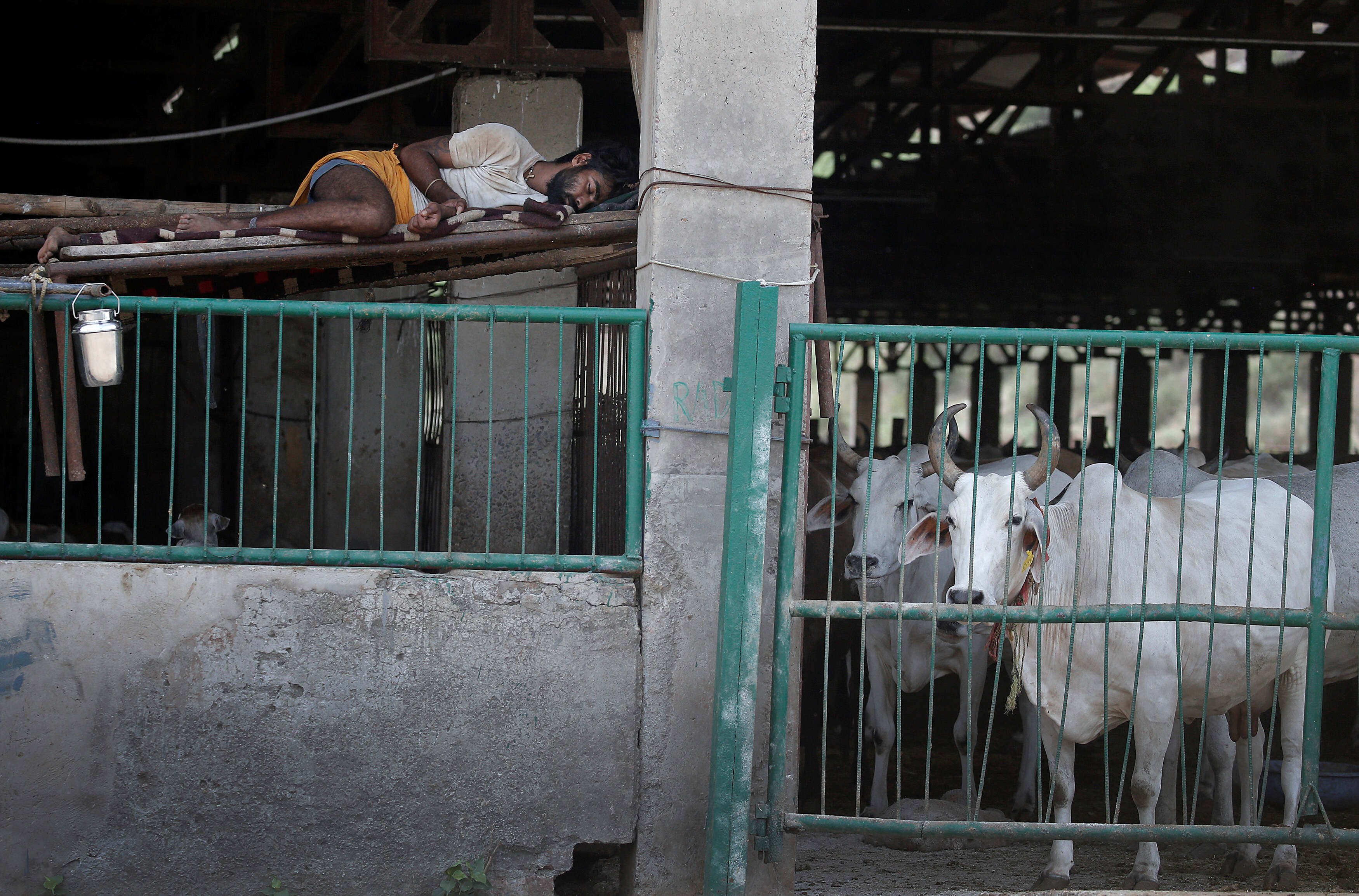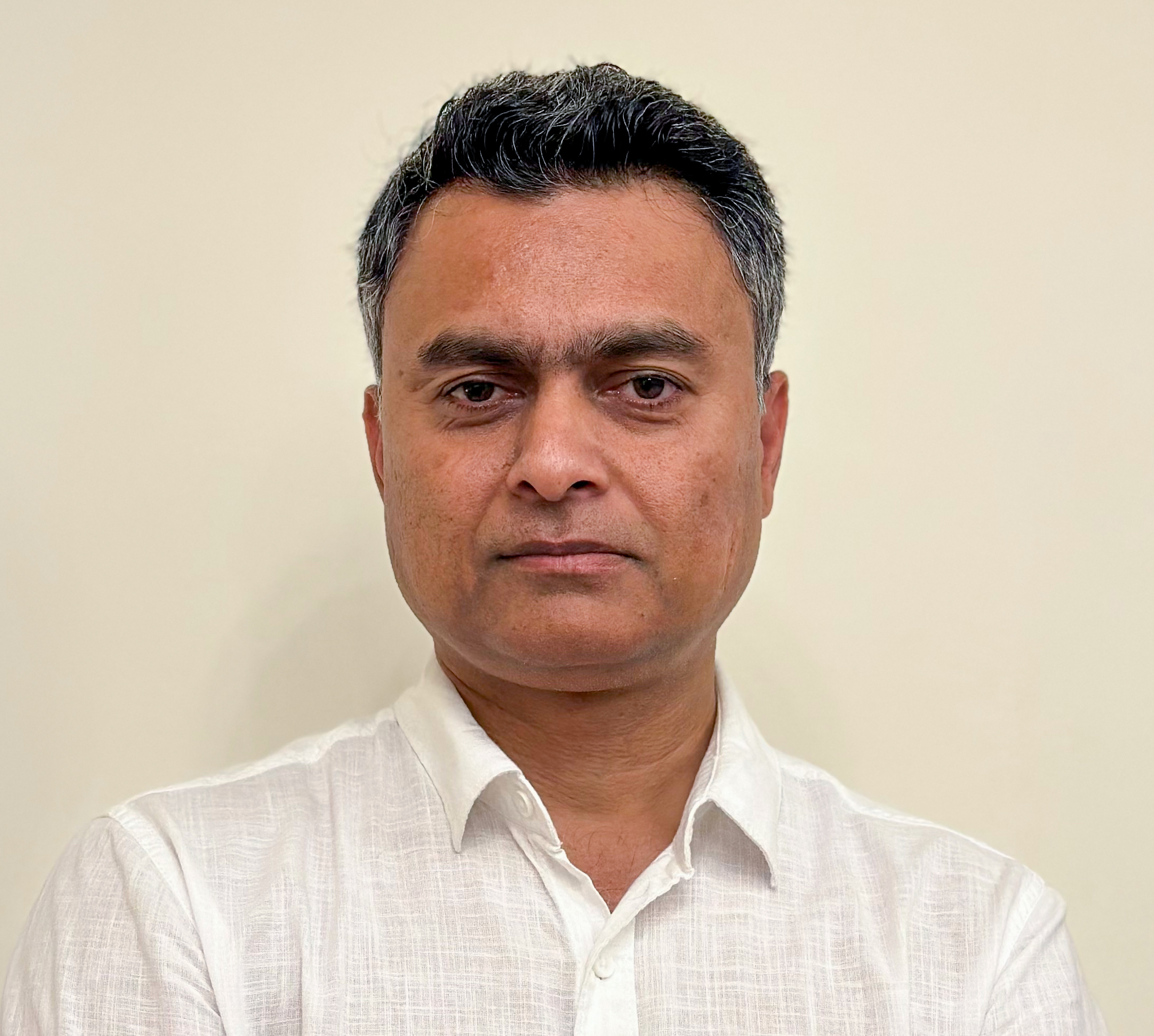Follow our four steps to successful data journalism - from the story idea through to publication. Part two of our special series
Through our own experience, the best data-driven stories start their lives as a series of questions. For example - “How many people are affected by ...”, “Where are the most cases of …..” or “Is this a pattern?”
By focusing on first asking questions and then looking for data to find answers, your story is more likely to have a real impact on people and make them care.
STEP 1: Storyboarding
The main ingredient to a successful data story is creativity. Data by itself is not a story. It requires you to think creatively about what’s relevant to your audience and what is not. On the flip side, a great story idea without data is also not a data-driven story.
Often, finding the right balance between what story you want to tell vs. what data you have requires some trial and error.
A mistake a lot of inexperienced data journalists make is thinking that they need to analyse big datasets to tell a story. A better approach is to start off with smaller datasets and develop them over time. This will help develop data-fluency and ensure more effort is placed on extracting the story’s meaning.
Read more:
Part 1: What is data journalism?
What makes a good data-driven story?
1. Contextual and explainer stories
As we’ve mentioned several times already, data-driven stories should focus on telling a story. To attract larger audiences, these stories should be newsworthy and topical. The most desirable stories weave data within the fabric of the story to enhance the understanding and provide context to a topic or issue.
2. Dense or complex stories
Stories shrouded in numerical complexity are great candidates for data journalists to tackle. With the right analysis and interpretation, data journalists can transform a complicated story into something that is manageable and easy to digest for readers.
3. Exploratory or interactive stories
Interactive stories can help personalise or reignite interest in an ongoing topic. These types of stories involve readers by allowing them to search or filter through a dataset. While giving readers access to raw data can sometimes be helpful, you should always strive to deliver this data within a story narrative.
4. Investigative stories
Many investigative journalism projects involve analysing a large collection of documents or datasets to understand why and how something has happened. Data journalists can play a key role in extracting and analysing this information in order to inform the public.
Remember: Not every story has to find a hidden meaning in the data, sometimes you can just use data to enrich the understanding or experience of your story.
STEP 2: Get your data
Sourcing good data is often cited as the biggest challenge data journalists in the Arab world face today. While this problem is not unique to Arab journalists, it does create an additional barrier to adopting data-driven reporting within newsrooms.
This flowchart gives you some tips on how to find the right data for your story.
STEP 3: Clean and analyse your data
Once you have your data you can begin the process of cleaning and analysing it. Cleaning data starts with converting it into a format that you can make sense of, for example, extracting tables from a pdf document into a spreadsheet1 . The next step is to check for incorrect, missing or duplicate values.
Spending additional time thoroughly cleaning a dataset can significantly reduce the chance of drawing the wrong conclusions during your analysis.
1. Get to know your data - very well
Analysis involves deriving meaning from your data. To do this, you should ask your data a series of questions such as: What real-world observation is my data measuring? Does it accurately represent my target population? What are the biggest, smallest and average values?
2. Ask critical questions
The quality of a data journalist can be measured by his or her ability to ask a dataset critical questions. Good analysis stems from knowing the subject matter very well and cross-referencing what you expect to happen with what your data is telling you.
STEP 4: Deliver your story
The final step in the process is to deliver your story. Remember not all data-driven projects need to be visual. Choosing your delivery mechanism will depend on what type of data you’d like to present and what skill-sets you have available in your team.
There are a multitude of different ways to present a data story. Here are just a few:












